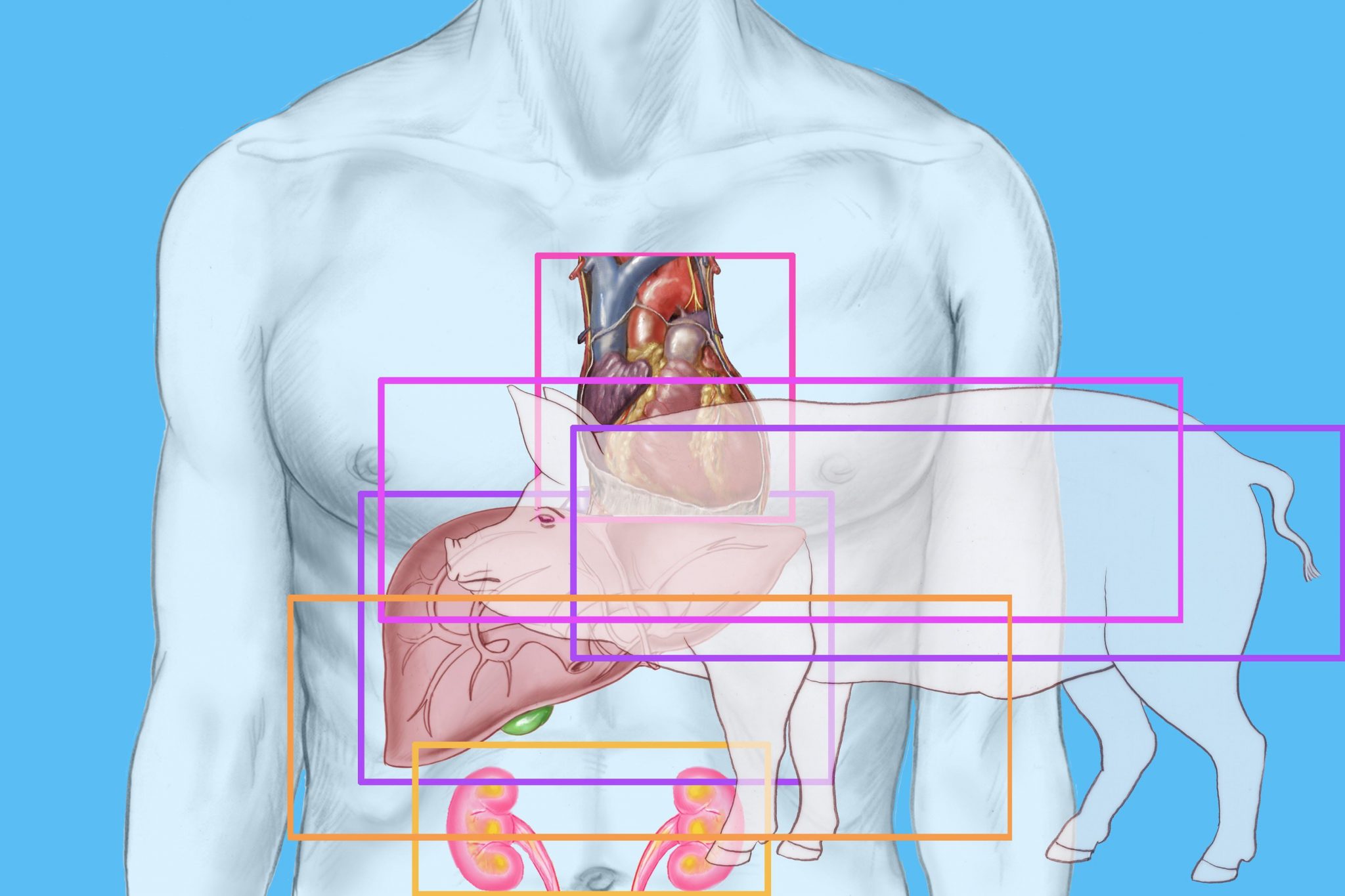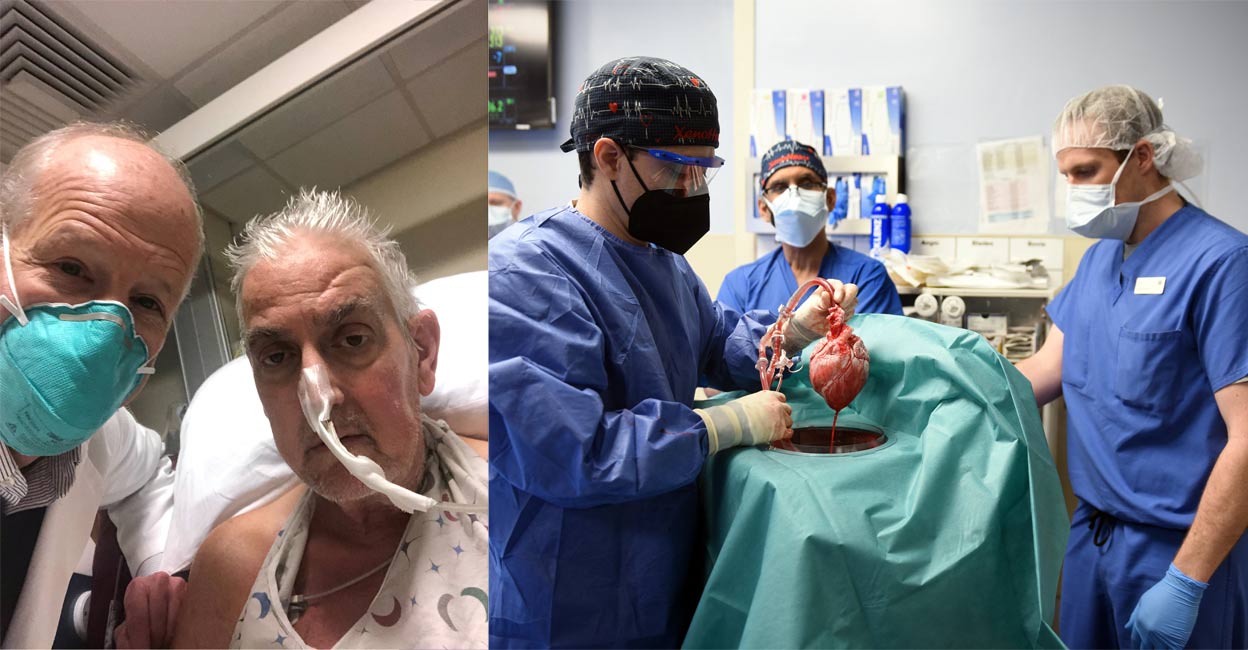Doctors replaced the heart of a 57-year-old patient with the heart of a genetically engineered pig in a groundbreaking procedure in January. The patient, however, died two months following the xenotransplantation procedure. What exactly is this organ transplantation procedure?

A patient whose failing heart was replaced with the heart of a genetically engineered pig in a groundbreaking procedure at the University of Maryland Medical Centre in Baltimore, United States, died two months later on Tuesday (March 8).
On January 10, the successful transplantation procedure was reported, only days after it was performed on 57-year-old David Bennett, who was suffering from severe arrhythmia, a life-threatening illness that affected the rhythm of his heartbeats.
On December 31, 2021, the US Food and Drug Administration (FDA) gave emergency authorisation for the experimental technique. Bennett had been found ineligible for both a traditional and an artificial heart transplant by major transplant centres.
Xenotransplantation is defined as “any procedure that involves the transplantation, implantation, or infusion into a human recipient of either (a) live nonhuman animal cells, tissues, or organs, or (b) human body fluids, cells, tissues, or organs that have had ex vivo contact with live nonhuman animal cells, tissues, or organs,” according to the FDA.
Xenotransplantation is viewed as a viable alternative to clinical transplantation of human organs, which are in high demand across the world.
Human xenotransplantation of the heart was first attempted in the 1980s. Stephanie Fae Beauclair, also known as Infant Fae, was an American baby who was born with a congenital heart disease and had a baboon heart transplanted in 1984.
The procedure went well, but Baby Fae died just a month after the transplant when her immune system rejected the baboon heart. Despite this, Baby Fae was able to survive the xenotransplantation for a considerably longer period of time than in previous tests.
If proved to be compatible in the long term, xenotransplantation might assist give an alternate source of organs to patients suffering from life-threatening conditions. Bennett initially responded well to the pig’s heart transplant, and he exhibited no indications of rejection for several weeks. Bennett spent time with his family, went to physical therapy, and watched the Super Bowl, according to hospital authorities quoted by The New York Times.
It was not immediately obvious whether his death was caused by his body rejecting the xenotransplanted heart.
For more than 50 years, pig heart valves have been utilised to replace damaged valves in people. The domesticated or farmed pig (Sus scrofa domestica) as a donor animal for xenotransplantation has various benefits.
Pigs have anatomical and physiological characteristics that are comparable to humans, and pig breeding on farms is common and cost-effective. Furthermore, several different pig breeds are farmed, allowing the size of the harvested organs to be tailored to the precise demands of the human recipient.
The molecular incompatibility between pigs and humans can cause a number of immunological issues following the transplant, leading to xenograft rejection. To avoid this, genetic engineering is employed to alter the pig’s genome in such a way that the human recipient’s immune system does not recognise it, and the processes that lead to xenograft rejection are not activated.
Bennett’s donor pig had undergone ten genetic alterations to ‘deactivate’ or knock off four pig genes and replace them with six human genes. A pig named “GalSafe” was utilised in the study, and a gene that codes for Alpha-gal (a sugar molecule) was deleted. GalSafe pigs have been carefully investigated and are authorised by the USFDA for use in pharmacology. Alpha-gal can provoke a severe immunological response in humans, and GalSafe pigs have been well examined and are approved by the USFDA for use in pharmacology.
Revivicor, a regenerative medicine business, supplied the pig. The researchers extracted the pig’s heart the morning of the procedure and placed it in a special machine to keep it alive until the surgery.











